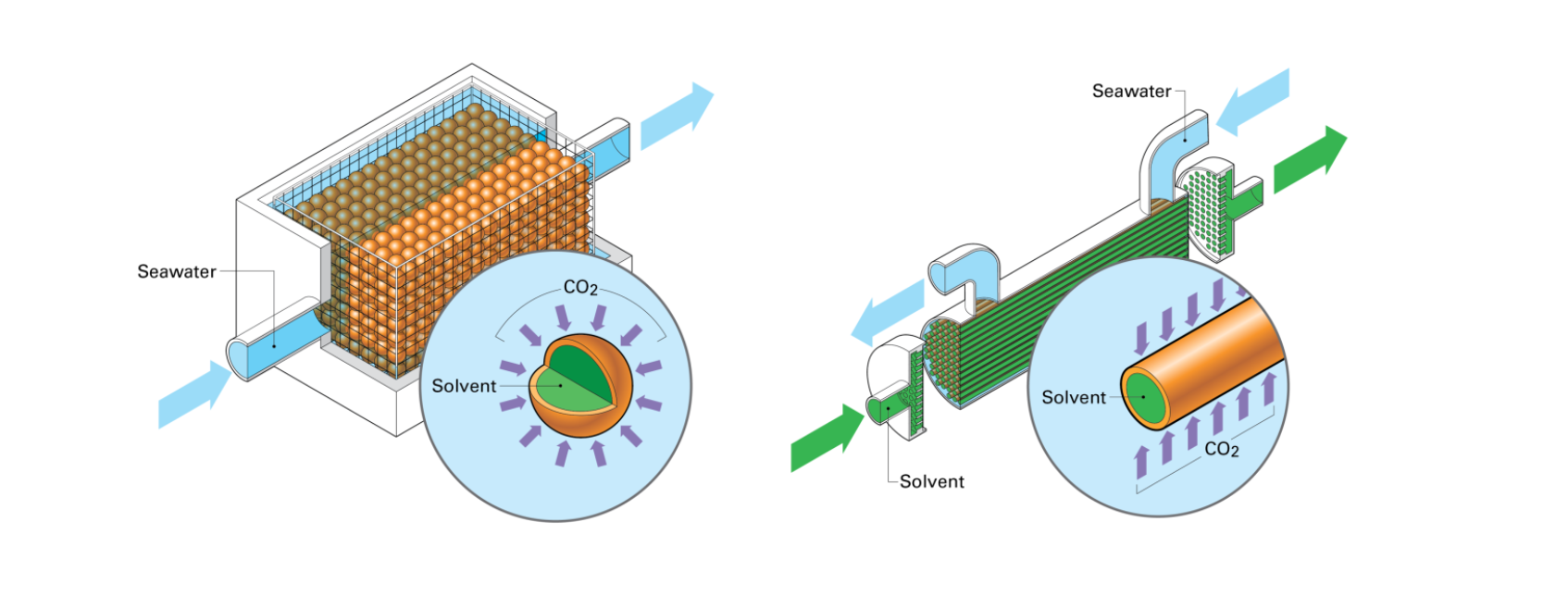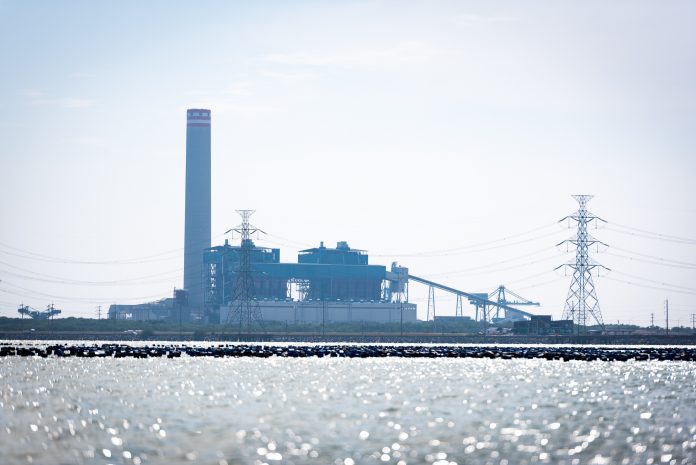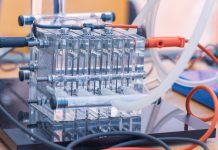Despite the ocean undertaking some of the largest climate change impacts, it also plays a part of the solution to reversing it. Researchers look to membrane contactors in direct ocean carbon capture
As the latest negative emissions technology, the University of Pittsburgh Swanson School of Engineering have been testing direct ocean carbon capture.
Better than direct air capture because of its ability to avoid land use, direct ocean carbon capture can also be paired with offshore wind and offshore carbon dioxide storage – making the perfect carbon capturing renewable solution.
Researchers are developing innovative ocean carbon capture solutions, researching computationally how two types of membrane contactors can remove carbon dioxide from the ocean.
Overall, negative emissions technologies will need to capture >10 Gigatonnes of CO2 each year from the environment by 2050 to maintain habitable planet temperatures.
What are encapsulated solvents and membrane contactors?
Encapsulated solvents and hollow fiber membrane contactors can remove carbon dioxide from the ocean.
A membrane contactor is a device that can separate or purifiy two distinct phases by applying concentration, temperature, and activity as driving forces without dispersing one phase into another.
Katherine Hornbostel, an assistant professor of mechanical engineering and materials science at the University of Pittsburgh, said: “Membrane contactors are just what they sound like. They’re membranes that bring two fluids into contact with each other. In this case, we’re bringing together ocean water on one side and a solvent on the other.”
The team tested two types of membrane contactors: hollow fiber and encapsulated solvents. The biggest difference between the two technologies is their shape, however, they work exactly the same.
Hornbostel explained: “The idea with both is to get a really high surface area of contact between seawater and solvent. The more surface area you have, the better the carbon dioxide removal rate.”
“The more surface area you have, the better the carbon dioxide removal rate”
Carbon dioxide travels across the membrane towards the solvent, made from a sodium solution that reacts with carbon dioxide.
However, when seawater encounters the solvent, the carbon dioxide will react and separate from the seawater.

The solution then must be re-circulated to make the process more cost-effective, however is fully effective in direct ocean carbon capture.
Hornbostel said: “Theoretically, we could significantly lower the price if we could swing the pH of the seawater side. Carbon dioxide is not typically available in seawater at its baseline level of pH, so you have to swing the pH lower in the seawater to make it more acidic and then more carbon dioxide bubbles off.”
The research team is going to pursue methods for swinging seawater pH with membrane surface treatments and investigating coupling direct ocean capture with desalination to lower system costs.
Editor's Recommended Articles
-
Must Read >> Can clay be used for carbon capture?
-
Must Read >> CCS answers















